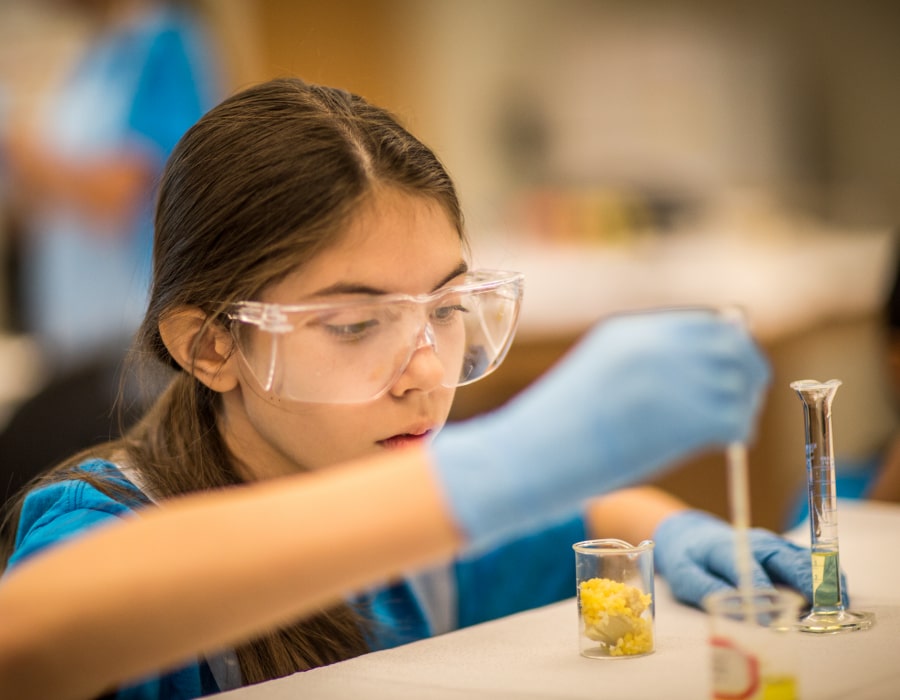A new report, Unlocking Potential: Financial Aid as a Catalyst for Girls’ STEM Success, has revealed that 59 per cent of girls in India cite financial constraints as the primary reason for not pursuing STEM (Science, Technology, Engineering, and Mathematics) education beyond secondary school.
Conducted by Sattva Consulting in collaboration with AISECT, the study underscores how the high cost of science education, limited access to scholarships, and a lack of female role models prevent millions of girls from entering STEM fields.
Regional Disparities and Systemic Challenges
The study surveyed 4,763 girls from government schools in Rajasthan, Punjab, Jharkhand, and Madhya Pradesh, using a mixed-methods approach that included both quantitative surveys and qualitative interviews with students, teachers, parents, school principals, STEM experts, and policymakers.
The findings highlight stark regional disparities: while over 60% of girls in Tamil Nadu, Telangana, and Andhra Pradesh opt for STEM subjects, participation in Rajasthan, Punjab, and Jharkhand is critically low at less than 25%. Madhya Pradesh stands as an outlier with comparatively better participation rates despite similar geography.
Despite 80% of future jobs requiring STEM skills, only 39% of girls graduate from higher secondary education in science disciplines. The study area was chosen due to the low percentage of girls passing grade 12 in science streams, underlining the urgent need for targeted interventions.
Financial Barriers and Gaps in Scholarship Utilisation
A key finding is the significant gap in scholarship utilisation. While Rs. 651.9 crores were allocated across 143 scholarship schemes in 2023-24, 55% of funds remain unspent due to low awareness, complex application processes, and eligibility criteria that often exclude the most economically marginalised students. The report challenges the traditional one-size-fits-all approach to financial aid and introduces a persona-driven model mapping financial needs to girls’ competencies and aspirations. It identifies four beneficiary profiles-Trailblazers, Sustainers, Aspirers, and Disengaged-each requiring tailored financial interventions. Depending on the pathway and persona, the required investment ranges from Rs 22,000 to Rs 1,50,000 per girl per year.
Dr Shweta Gaur, Principal Researcher at Sattva Consulting, emphasised that the financial burden extends beyond tuition fees to include coaching, study materials, laboratory access, and even transport, making STEM education unattainable for many. The report calls for schools, policymakers, and the private sector to work together to provide sustained financial aid, accessible career guidance, and mentorship programmes that keep girls engaged in science education.
Expanding the Scope of Financial Aid and Support
The need to broaden financial support beyond tuition is echoed by ongoing scholarship programmes such as the P&G Shiksha Betiyan Scholarship, which offers both financial assistance and mentorship to girls from underserved communities pursuing STEM education. Despite such initiatives, awareness and accessibility remain low, and application processes are often complex. Simplifying procedures and increasing outreach, especially in local languages, can improve utilisation and ensure that financial support reaches those who need it most.
Early Decline in Interest and Self-Esteem
While the Sattva-AISECT study focuses on financial and systemic barriers, a growing body of research highlights another critical factor: the early decline in girls’ interest and self-confidence in STEM. Studies show that girls often display enthusiasm for science in early childhood, but their self-confidence and interest in STEM subjects decline sharply during adolescence. This is influenced by parental attitudes, societal stereotypes that frame science as a “male” domain, and the lack of female role models. For example, research has found that gender-interest stereotypes emerge as early as age six and can significantly reduce girls’ sense of belonging and motivation to pursue STEM fields. Media portrayals and peer pressures further reinforce these stereotypes, leading to a drop in self-esteem and interest around the age of 12.
Addressing this decline requires targeted interventions at the middle school level, including mentorship, exposure to female role models, and community engagement to challenge stereotypes and build girls’ confidence in their abilities.
Lack of Female Role Models and Career Guidance
The report also highlights that only 13% of surveyed schools have female science teachers, further limiting girls’ aspirations and reinforcing the notion that STEM is not a space for women.Additionally, many students are unaware of alternative STEM careers beyond engineering and medicine, underscoring the need for structured career guidance and vocational pathways.
To truly unlock the potential of India’s girls in STEM, interventions must address both financial and psychological barriers-expanding the scope of financial aid, tackling the early decline in interest and self-esteem, and ensuring sustained mentorship and community support. Only then can the barriers be dismantled, paving the way for a more inclusive and innovative future.


